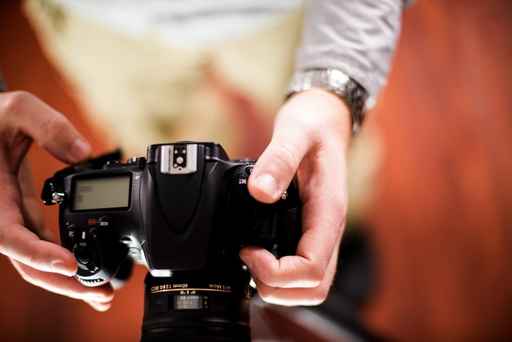Thanks for asking. This is in fact, one of the most frequently asked questions we receive every day. Visualization is the key in black and white photography. One needs to visualize how the end photograph would look in different shades of grey not the vice-versa. Now the question is, it is allowed to convert photographs from color to black and white. Let’s put it in a broader context. Have you seen those amazing three dimensional paintings? How they use perspective and tonal scales to create illusion. They are not only stunning, they are colorful and have depths. That splendid form of art is not old, this is in fact from this era, but you will not find a single three dimensional street artist, who willingly wants to convert their finished colorful arts into something black and white. And if we go back to some earlier form of painting – oil, watercolor, acrylic, and whichever characteristic the painter wants to work with, such as viscosity, miscibility, or solubility, they chose the medium first, and then work in it. That is the artistry of an artist. It is not some lucky blunder, intended but at the same time not always intentional. That is why for any kind of visual art, artist has to envision it first. If Leonardo da Vinci had wanted to make Mona Lisa just as a sketch, it is for sure that he would not have painted Mona Lisa first and then converted it to sketch. No offence, but no painter would ever do such thing!
Like sketch, black and white was the basic and earliest form of photography. And as like the first drawing of human civilization, the black and white photography came to us through a series of human inventions, to be specific, the technology that we had at that time. The world was never black and white, our technology was.
In the early age of photography, the concept of visualization was influenced for black-and-white print values. Photographers of that time made serious efforts to learn to view a subject that is rich in color, yet visualize it in the values of black-and-white. They studied the subtle to dramatic tonal ranges, complete with the ranges of gray. They had learnt to feel only three tonalities of colors: black, white, and gray and their luminance. They are the pioneers, who established this category, showed us how beautifully this world could be captured in the shades of grey. And if you want to capture a photograph in their medium, in their category, then you should visualize in the medium of black and white, whither it is in film or sensor, four thirds, full frame, medium, or in large format, in single lens reflection or in rangefinder, it should be same for all.
Visualizing a photograph in black and white is not as easy as converting from colors, because not everyone can visualize what they want before the shutter releases. Some seem to absorb it viscerally after going through thousands of rolls of film and spending years with their camera, some with appropriate training and proper guidance, like we provide through our books, articles, and university education. The bottom line is, one has to understand each of the mediums separately, enjoy learning, study them, and must make photography a passion. Yes, we do accept black and white photographs that were converter from color, but one must submit the original color photographs alongside the black and white version.




